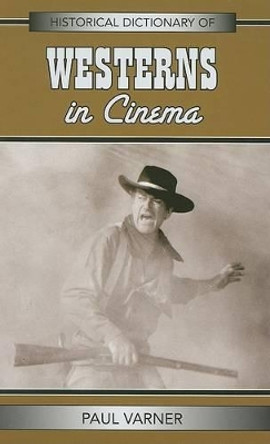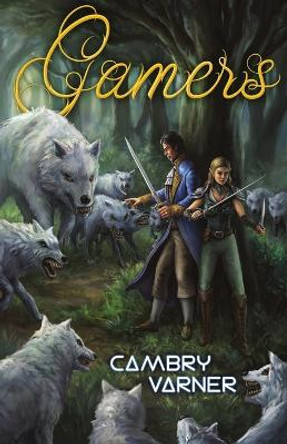When the earliest filmgoers watched The Great Train Robbery in 1903, many of them shrieked in terror at the very last clip when one of the outlaws turns directly toward the camera and fires a gun, seemingly, directly at the audience. The puff of smoke was sudden and it was hand colored so that it looked real. Today, we can look back at that primitive movie and see all the elements of what would evolve into the Western genre. Perhaps it is the Western's early origins-The Great Train Robbery was the first narrative, commercial movie-or its formulaic yet entertaining structure that has made the Western so popular. Whatever the case may be, with the recent success of films like 3:10 to Yuma and The Assassination of Jesse James by the Coward Robert Ford, the Western appears to be in no danger of disappearing. The story of the western is told in The A to Z of Westerns in Cinema through a chronology, a bibliography, and an introductory essay. However, it is the hundreds of cross-referenced dictionary entries on cinematographers; composers; producers; films like Butch Cassidy and the Sundance Kid, Dances With Wolves, The Good, The Bad, and the Ugly, High Noon, The Magnificent Seven, The Searchers, Tombstone, and Unforgiven; such actors as Gene Autry, Kirk Douglas, Clint Eastwood, Henry Fonda, James Stewart, and John Wayne; and directors like John Ford and Sergio Leone that will have you reaching for this book again and again.
About the AuthorPaul Varner is professor of English at Abilene Christian University in Abilene, Texas.
Book InformationISBN 9780810868885
Author Paul VarnerFormat Paperback
Page Count 288
Imprint Scarecrow PressPublisher Scarecrow Press
Series The A to Z Guide SeriesWeight(grams) 395g
Dimensions(mm) 217mm * 143mm * 17mm










